Overview of Kings Canyon National Park
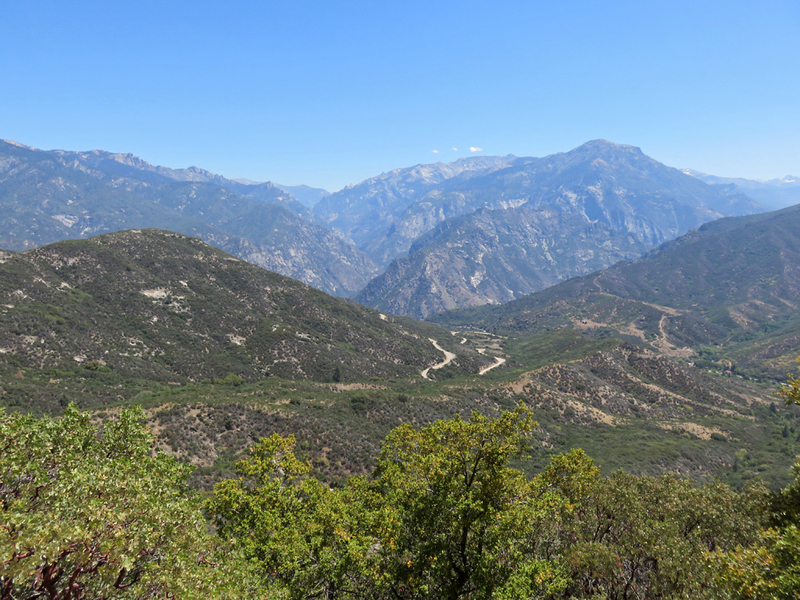
Kings Canyon National Park boasts a diverse landscape of deep canyons, giant sequoias, granite domes, and snow-capped peaks. Home to towering trees, including the largest tree on earth, Kings Canyon offers an experience like no other. This article will provide an overview of Kings Canyon National Park, including its history, geology, flora, and fauna.
History of the Park
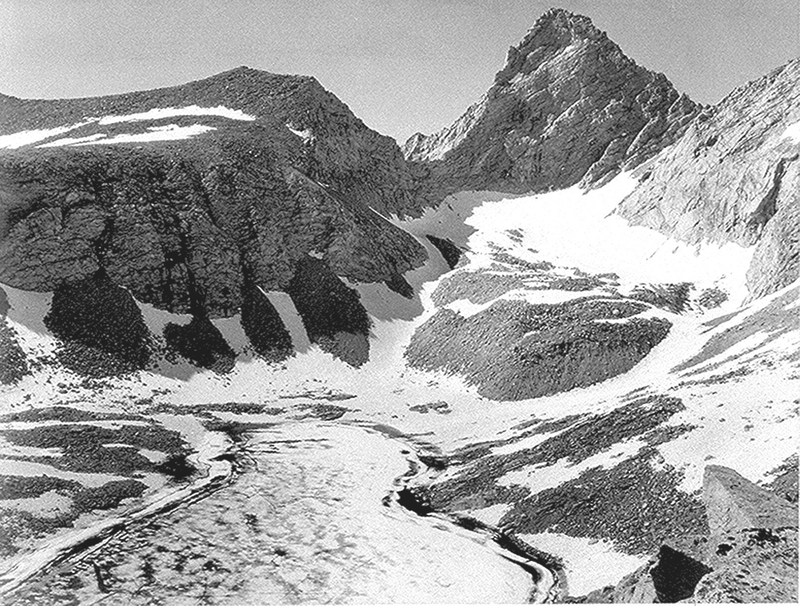
Kings Canyon National Park, located in Tulare County, California, is home to some of North America’s most stunning natural landscapes. The park was established in 1940 and covers over 461,901 acres. But the history of Kings Canyon National Park began long before its formal establishment.
In the late 1800s, John Muir began advocating for the protection of the Sierra Nevada Mountains and the giant sequoias found within them. He believed that preserving these natural wonders was essential to our country’s culture and future. His efforts and those of other activists led to the creation of General Grant National Park, which included the giant sequoia grove in Grant Grove.
The logging industry heavily impacted the area, causing the destruction of many old-growth trees. But in 1890, President Benjamin Harrison issued the first ever “reservation” that restricted the area from further commercial development. It wasn’t until 1915, when the logging ban in Grant Grove was passed, that the area was truly protected.
As popularity of the area grew, so did the strain on its natural resources and infrastructure. Early visitors to the park were primarily transported by horse-drawn carriages and stagecoaches. Waste management became a significant issue in the early days, with garbage often being thrown into large pits. It wasn’t until the 1930s that the National Park Service began implementing proper waste management practices.
Today, Kings Canyon National Park is a popular destination for tourists seeking to experience the park’s various attractions, including the General Grant Tree, Zumwalt Meadow, and the deepest canyon in North America. The park’s rich history, its stunning landscapes, and its connection with John Muir continue to make it a significant part of California’s cultural heritage.
Geography
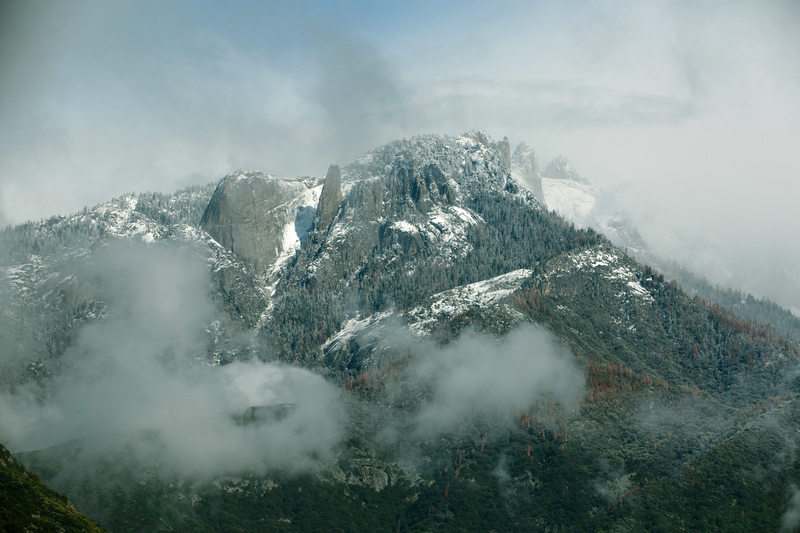
Known for its deep canyons, giant sequoias, and diverse landscapes, the park boasts a variety of geological features and natural wonders. From towering mountains to rushing rivers, Kings Canyon offers visitors the chance to explore some of the most breathtaking scenery North America has to offer. Whether you’re looking to take a scenic drive or embark on a challenging hike, this national park is a must-visit destination for any nature lover.
Location and Size of the Park
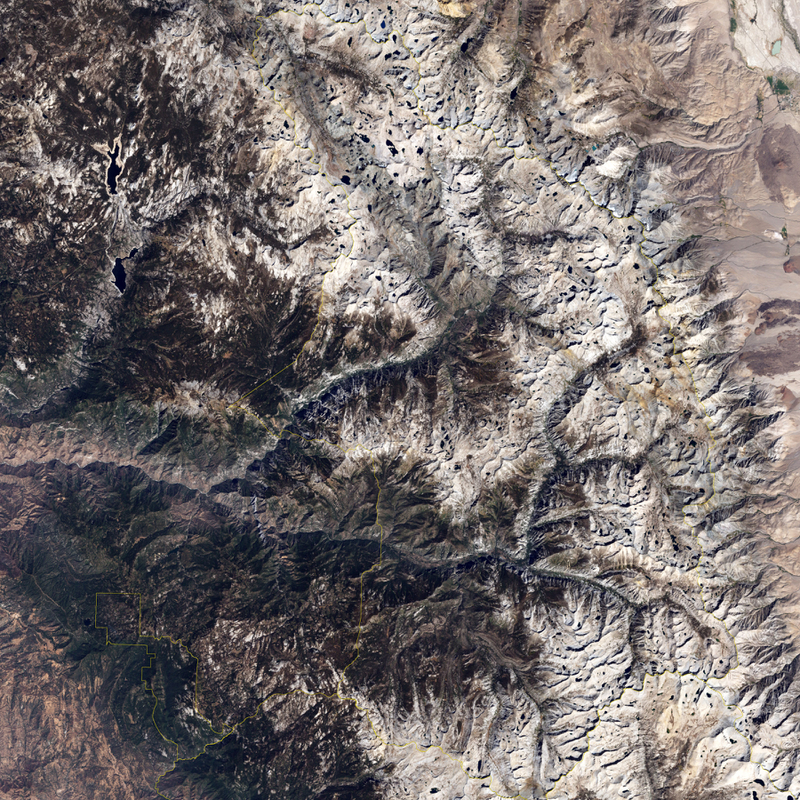
Kings Canyon National Park is a breathtakingly beautiful national park found in California. This national treasure encompasses a total area of 722,000 acres, making it one of the largest national parks in the state.
The park is surrounded by many noteworthy landmarks, including the majestic Giant Sequoia National Monument and the Yosemite Valley, which is located to the north of the park. Additionally, visitors can find the Sequoia National Park to the south, and the John Muir Wilderness, which lies further east.
The park boundary stretches across several regions, and the main entrance stations are located at the north and south ends. The northern entrance station, Grant Grove, is accessible via Highway 180, while the southern entrance station, Cedar Grove, is located off of Highway 198. Visitors can also access the park through Highway 245, which leads to the Kings Canyon Visitor Center.
In summary, Kings Canyon National Park is a vast and magnificent national park that sits on a total area of 722,000 acres, making it a considerable natural wonder in California. The park is located in Tulare County and Fresno County, and its boundaries offer visitors multiple entrance stations, with easy access to key highway routes. The park is a rarity, combining unique wilderness regions and stunning landscapes found in few other places in North America.
Climate and Wildlife

Kings Canyon National Park has a warm-summer climate. The average temperatures in the park vary greatly throughout the year. In the summer months, June through August, the average temperature is in the mid-80s°F (29°C), with the record high temperature of 109°F (43°C) occurring in July. In the winter months, December through February, the average temperature is around 40°F (4°C), with the record low temperature of -12°F (-24°C) recorded in January.
The park is home to an abundance of wildlife. Among the most notable are the black bears, which can be found throughout the park. Mule deer and coyotes also frequent the park’s lower elevations. Black bears are most active during the summer, when they forage for food. Visitors are strongly encouraged to properly store their food and trash to avoid attracting bears to campgrounds and picnic areas. Mule deer can be spotted year-round in the park, grazing on shrubs, grasses, and other vegetation. Coyotes, on the other hand, are most active during the dawn and dusk hours and can be heard howling at night.
These species have distinct behaviors and habitats in the park. Black bears are omnivores and can be found in both forested and open areas of the park, while mule deer typically inhabit open meadows and other grassy areas. Coyotes are known to adapt to a variety of habitats, from deserts to forests. The park also provides important habitat for a range of other species, including mountain lions, bobcats, and birds such as the great gray owl and the golden eagle.
Attractions
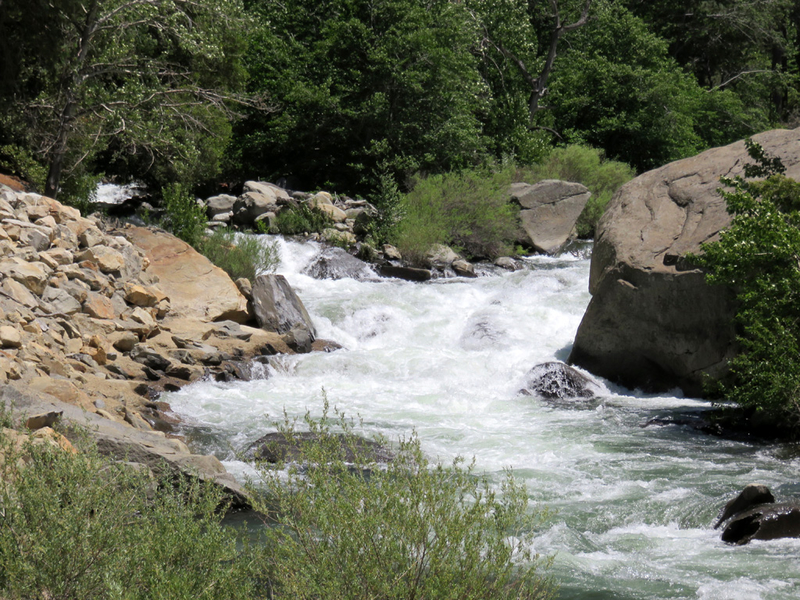
Kings Canyon National Park is one of the most alluring outdoor destinations in the United States. It offers a range of attractions for visitors to explore, including giant sequoia trees, deep canyons, and crystal-clear rivers. Whether you’re looking for a peaceful day hike or an awe-inspiring view, Kings Canyon National Park has something to offer for everyone. Read on to discover some of the park’s top attractions that you won’t want to miss.
Grant Grove
Grant Grove is a place of natural wonder and unparalleled beauty. It is a section of the park that is home to some of the world’s largest and oldest living trees, the giant sequoias.
To access the giant sequoias, visitors can take a leisurely stroll on the Grant Grove Trail, a picturesque path that winds through the grove. The trail is well-marked and offers stunning views of the trees, making it a must-do for any visitor to the area.
In addition to the giant sequoias, Grant Grove also provides access to camping facilities and amenities. The Kings Canyon Visitor Center is located in Grant Grove and provides a wealth of information about the park and the surrounding area. Visitors can obtain maps, permits, and other important information needed to enjoy their park experience.
Cedar Grove
Cedar Grove is a breathtaking area within Kings Canyon National Park that is known for its scenic wilderness, camping, rivers, waterfalls, and trails. However, due to severe road damage, Cedar Grove will not be accessible to the public during the 2023 summer season.
Although park visitors will not be able to enjoy Cedar Grove’s attractions during this time, Kings Canyon National Park still offers plenty of other areas for exploration and adventure. Visitors can enjoy hiking through the beautiful Zumwalt Meadow or exploring the giant sequoias in Grant Grove. There are also many day hikes available, including Mist Falls and the South Fork of the Kings River.
For those who wish to stay overnight in the park, Cedar Grove Lodge is one of the guest accommodation options available in Kings Canyon National Park. The rooms available are a perfect retreat from the elements and provide a comfortable stay for guests.
Another rustic guest accommodation option is the Grant Grove Cabins in Grant Grove Village. Visitors can reserve a cabin in advance and enjoy the convenience of being close to the park’s main attractions.
Giant Sequoias
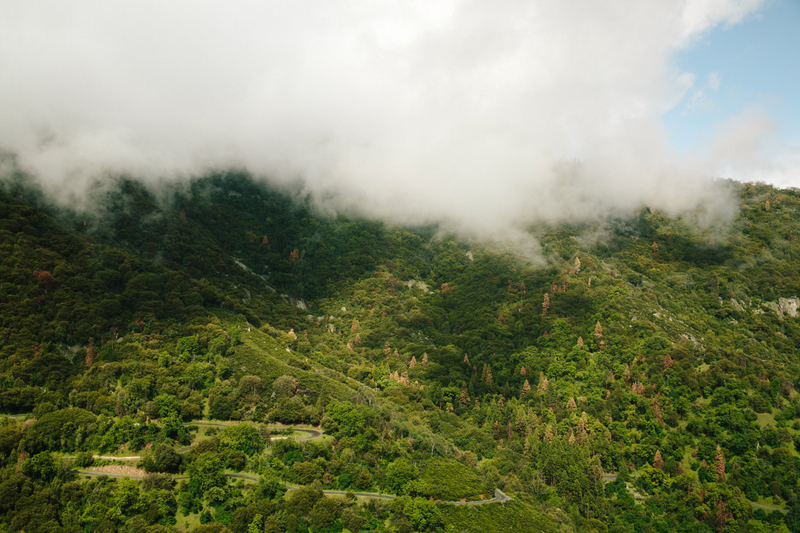
Kings Canyon National Park is famously known for its Giant Sequoias, some of the most majestic and awe-inspiring trees on the planet. These towering giants have played an important role in the local ecosystem for millennia, providing food and shelter for many different organisms.
The Giant Sequoias are remarkable for their size and age. They can reach heights of up to 300 feet and live to be over 3,000 years old – making them some of the oldest living beings on earth. Their immense size allows them to store vast amounts of water, which supports a host of other plant and animal life in the park.
Fire is a natural process that has shaped the Giant Sequoia groves for thousands of years. Controlled fires help to clear out old, dead growth and promote the germination of new trees. In fact, the sequoia cone will not release its seeds to the ground until it has been exposed to fire. This adaptive mechanism ensures the trees will continue to thrive and regrow for generations to come.
There are several groves of Giant Sequoias in Kings Canyon National Park that visitors can explore. The Grant Grove is one of the most popular and accessible, featuring the massive General Grant Tree – the third-largest tree in the world. The nearby Redwood Mountain Grove is another popular site, with over 1000 trees to marvel at.
Visitors can view these incredible trees in a variety of ways. Some may choose to hike the numerous trails that wind through the groves, while others may opt for a leisurely drive through the scenic park roads. There are also several guided tours available that offer visitors deeper insights into the ecology and history of the park.
Unfortunately, recent wildfires have impacted many of the Giant Sequoias in Kings Canyon National Park. While some trees have been damaged, the majority have survived, thanks in part to the park’s proactive fire management policies. The park’s rangers continue to monitor the health of these magnificent trees and are working tirelessly to ensure they remain protected for future generations to enjoy.
Largest Tree in the World – General Grant Tree
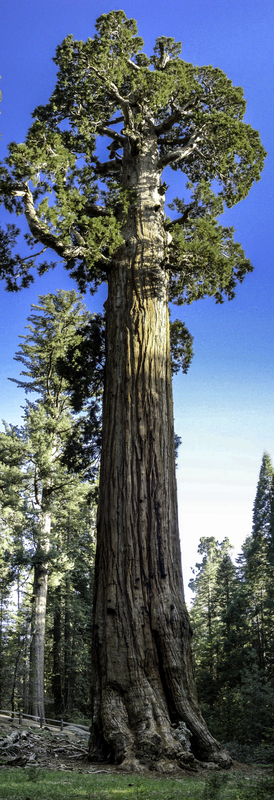
When visiting Kings Canyon National Park, the General Grant Tree is a must-see attraction. With a height of over 267 feet and a circumference of over 107 feet, it is a true giant among the trees.
Named in honor of President Ulysses S. Grant, the General Grant Tree is also steeped in history. It was declared the Nation’s Christmas Tree by President Calvin Coolidge in 1926, further cementing its significance and importance to the nation.
Aside from the General Grant Tree, visitors to Grant Grove can also marvel at other important sequoias. The Sentinel Tree, for example, is over 2000 years old and stands at a height of 250 feet. The Centennial Stump is another attraction, a remnant of a giant sequoia that was cut down in 1875. And the Fallen Monarch, a tree that has fallen due to natural causes, is also worth a visit.
Overall, the General Grant Tree serves as a true testament to the awe-inspiring beauty and grandeur of the natural world. Those who visit Kings Canyon National Park should make it a point to see this incredible wonder, as well as the other remarkable sequoias located in nearby Grant Grove, such as the Sentinel Tree.
Hiking

Kings Canyon National Park offers some of the most scenic and diverse hiking trails in the United States. Whether you are an experienced hiker or a beginner, there is a trail for you in Kings Canyon National Park. Let’s take a look at some of the popular hiking trails and their features:
1. General Grant Tree Trail: The General Grant Tree Trail is a 0.5-mile loop trail that offers an easy hike for visitors. The trail is handicapped-accessible, making it perfect for families with strollers or wheelchairs. It leads hikers to the General Grant Tree, which is the second-largest tree in the world. There is no reservation required, and it operates on a first-come, first-served basis.
2. Zumwalt Meadow: The Zumwalt Meadow boardwalk is a 1.5-mile loop trail that offers a moderate hike for visitors. The trail is open all year round and features stunning views of the Sierra Nevada Mountains, including the Grand Sentinel and the North Dome. Visitors can also enjoy the scenic Kings River that flows through the meadow. There is no reservation required, and it operates on a first-come, first-served basis.
3. Mist Falls: The Mist Falls trail is a challenging 8.4-mile round trip that takes hikers to one of the most beautiful waterfalls in Kings Canyon National Park. The trailhead is located at Roads End, and hikers must make their way to the trailhead early in the morning to secure a parking spot. The trail features stunning views of the South Fork Kings River, lush green forests, and steep canyons. This hike is not for the faint-hearted, and hikers should come prepared with proper gear and plenty of water.
It is essential to note that some trails in Kings Canyon National Park are currently closed due to severe road damage and potential danger. Visitors should check the National Park Service’s website to ensure that their preferred hiking trail is open before starting their journey.
In all, Kings Canyon National Park offers a diverse selection of hiking trails suitable for all levels of hikers. From the easy General Grant Tree Trail to the challenging Mist Falls, there is something for everyone. Whether you plan to hike on a first-come, first-served basis or require reservation, Kings Canyon National Park has an abundance of breathtaking trails to choose from.
